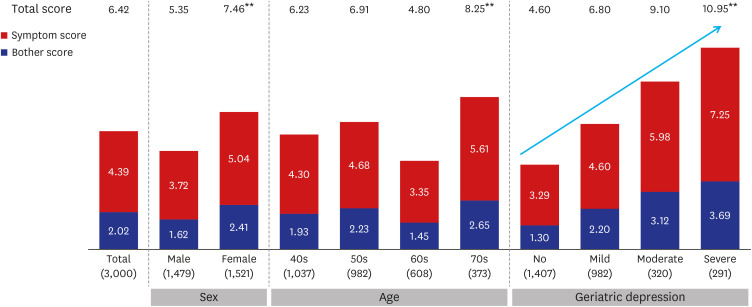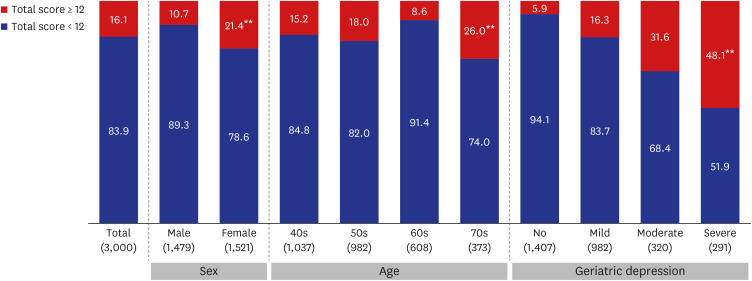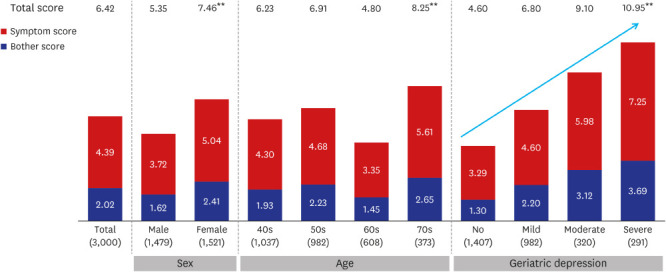1. Malde S, Palmisani S, Al-Kaisy A, Sahai A. Guideline of guidelines: bladder pain syndrome. BJU Int. 2018; 122(5):729–743. PMID:
29777618.

2. Doggweiler R, Whitmore KE, Meijlink JM, Drake MJ, Frawley H, Nordling J, et al. A standard for terminology in chronic pelvic pain syndromes: a report from the chronic pelvic pain working group of the international continence society. Neurourol Urodyn. 2017; 36(4):984–1008. PMID:
27564065.

3. Kim YH. Diagnosis and management of interstitial cystitis/ painful bladder syndrome. J Korean Continence Soc. 2008; 12(2):99–113.

4. Leppilahti M, Sairanen J, Tammela TL, Aaltomaa S, Lehtoranta K, Auvinen A, et al. Prevalence of clinically confirmed interstitial cystitis in women: a population based study in Finland. J Urol. 2005; 174(2):581–583. PMID:
16006902.

5. Bade JJ, Rijcken B, Mensink HJ. Interstitial cystitis in The Netherlands: prevalence, diagnostic criteria and therapeutic preferences. J Urol. 1995; 154:2035–2037. PMID:
7500452.

6. Jones CA, Nyberg L. Epidemiology of interstitial cystitis. Urology. 1997; 49(5A):Suppl. 2–9.

7. Curhan GC, Speizer FE, Hunter DJ, Curhan SG, Stampfer MJ. Epidemiology of interstitial cystitis: a population based study. J Urol. 1999; 161(2):549–552. PMID:
9915446.

8. Leppilahti M, Tammela TL, Huhtala H, Auvinen A. Prevalence of symptoms related to interstitial cystitis in women: a population based study in Finland. J Urol. 2002; 168(1):139–143. PMID:
12050508.

9. Roberts RO, Bergstralh EJ, Bass SE, Lightner DJ, Lieber MM, Jacobsen SJ. Incidence of physician-diagnosed interstitial cystitis in Olmsted County: a community-based study. BJU Int. 2003; 91(3):181–185. PMID:
12581000.

10. Clemens JQ, Meenan RT, Rosetti MC, Gao SY, Calhoun EA. Prevalence and incidence of interstitial cystitis in a managed care population. J Urol. 2005; 173:98–102. PMID:
15592041.

11. Rosenberg MT, Hazzard M. Prevalence of interstitial cystitis symptoms in women: a population based study in the primary care office. J Urol. 2005; 174(6):2231–2234. PMID:
16280776.

12. Temml C, Wehrberger C, Riedl C, Penholzer A, Marszalek M, Madersbacher S. Prevalence and correlates for interstitial cystitis symptoms in women participating in a health screening project. Eur Urol. 2007; 51:803–808. PMID:
16979286.

13. Inoue Y, Mita K, Kakehashi M, Kato M, Usui T. Prevalence of painful bladder syndrome (PBS) symptoms in adult women in the general population in Japan. Neurourol Urodyn. 2009; 28(3):214–218. PMID:
19260086.

14. Choe JH, Son H, Song YS, Kim JC, Lee JZ, Lee KS. Prevalence of painful bladder syndrome/interstitial cystitis-like symptoms in women: a population-based study in Korea. World J Urol. 2011; 29(1):103–108. PMID:
20340026.

15. Berry SH, Elliott MN, Suttorp M, Bogart LM, Stoto MA, Eggers P, et al. Prevalence of symptoms of bladder pain syndrome/interstitial cystitis among adult females in the United States. J Urol. 2011; 186(2):540–544. PMID:
21683389.

16. Parsons CL, Dell J, Stanford EJ, Bullen M, Kahn BS, Waxell T, et al. Increased prevalence of interstitial cystitis: previously unrecognized urologic and gynecologic cases identified using a new symptom questionnaire and intravesical potassium sensitivity. Urology. 2002; 60(4):573–578. PMID:
12385909.

17. Son HC, Jung YJ, Chang JS, Kim SH, Hong SK, Oh SJ, et al. Translation and linguistic validation of the Korean version of the pelvic pain and urgency/frequency patient symptom scale. Int Neurourol J. 2010; 14(2):112–121. PMID:
21120221.

18. Shalom DF, Klapper A, Lin S, Gurshumov E. Use of the pain urgency frequency (PUF) questionnaire to measure response of patients with interstitial cystitis/painful bladder syndrome to a treatment regimen of intravesical DMSO and 1% lidocaine solution. J Pelvic Med Surg. 2009; 15(1):5–10.

19. Parsons CL, Greenberger M, Gabal L, Bidair M, Barme G. The role of urinary potassium in the pathogenesis and diagnosis of interstitial cystitis. J Urol. 1998; 159(6):1862–1866. PMID:
9598476.

20. Parsons CL, Zupkas P, Parsons JK. Intravesical potassium sensitivity in patients with interstitial cystitis and urethral syndrome. Urology. 2001; 57(3):428–432. PMID:
11248610.

21. Parsons CL, Forrest J, Nickel JC, Evans R, Lloyd LK, Barkin J, et al. Effect of pentosan polysulfate therapy on intravesical potassium sensitivity. Urology. 2002; 59(3):329–333. PMID:
11880064.

22. Parsons CL, Bullen M, Kahn BS, Stanford EJ, Willems JJ. Gynecologic presentation of interstitial cystitis as detected by intravesical potassium sensitivity. Obstet Gynecol. 2001; 98(1):127–132. PMID:
11430970.

23. Bogart LM, Berry SH, Clemens JQ. Symptoms of interstitial cystitis, painful bladder syndrome and similar diseases in women: a systematic review. J Urol. 2007; 177(2):450–456. PMID:
17222607.








 PDF
PDF Citation
Citation Print
Print




 XML Download
XML Download